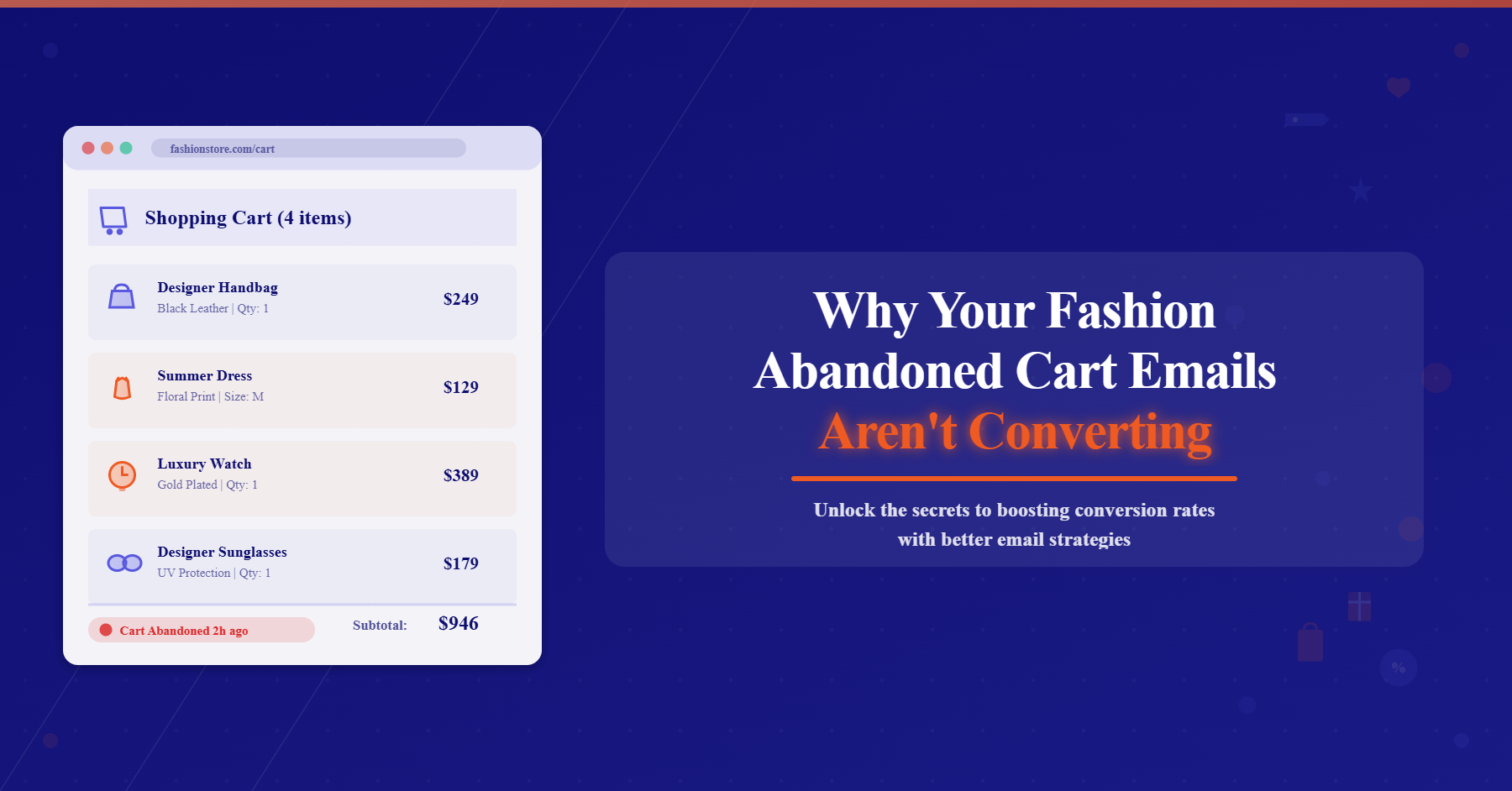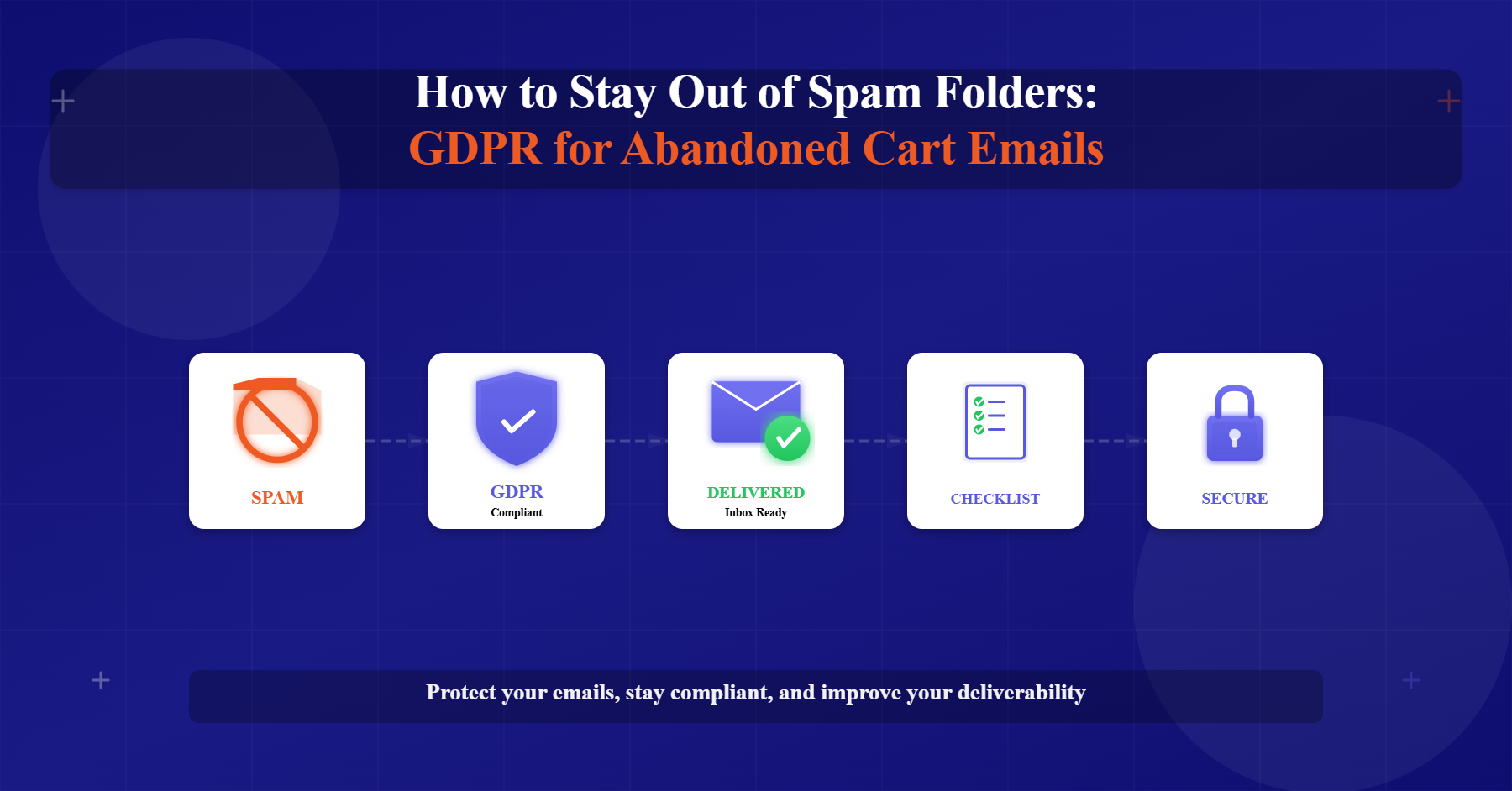“Headless commerce” refers to digital interactions that don’t require a head, or face, to take place. The absence of human interaction and voice often characterizes these interactions. Still, they may also include visual or physical cues that allow users to interact with one another in real-time, as well as digital updates and notifications.
What is headless commerce?
Headless Commerce is a new approach to commerce. It’s a microservices-based architecture that allows you to integrate your business’s products and services into any mobile application. Headless Commerce is cloud native and was built from scratch with modern technologies, like React Native and GraphQL. In short, Headless Commerce is everything you need to create a unique digital experience for your customers.
Headless commerce vs. traditional monolithic commerce
Headless commerce is different from traditional monolithic commerce.
Monolithic commerce means that the entire application runs in a single instance, from the front end to the back end. This makes it difficult to scale out and manage compared to headless commerce, which uses microservices architecture and is more easily scaled out across multiple instances.
Because most monolithic applications are designed for on-premises deployment, they’re not designed for cloud deployments or multi-cloud environments—which means they require careful upskilling of teams before they can be moved into a cloud environment (if ever). Headless commerce, however, was built specifically with cloud computing in mind; therefore, its ability to be quickly deployed anywhere makes it easier to adopt than older monolithic solutions, which do not have this capability.
Top 5 benefits of headless commerce
Headless Commerce is a powerful and flexible tool with many benefits for businesses and developers.
Faster and more frequent releases
With headless commerce, you don’t have to wait until the back-end API has been completed before you can start building your app. You can build your front-end application in parallel with the API development, and when it’s ready, swap them out simultaneously.
This way, you can deploy new features continuously without worrying about whether they work together. The excellent support provided by headless commerce also makes it easier for developers to get up and running quickly — even if they have limited experience with PHP or Javascript.
You can hire a freelancer on Upwork or Fiverr who will be able to adapt quickly enough but make sure you read Fiverr review before hiring to avoid scams; or even just put together a small team of people who are familiar enough with each technology but who aren’t experts in either one individually
Micro-services based architecture
Microservices consulting are small, independent, self-contained services. They’re built around business capabilities and independently deployable features, which means you can develop and deploy a service without waiting for the other features in your application to be ready. Microservices architecture is an approach to developing software applications as a suite of small services, each running in its own process and communicating with lightweight mechanisms, often an HTTP resource API. This approach contrasts with traditional monolithic software architectures, where all components are typically tightly coupled and run together in one operating system process shared among all program instances on a single machine.
Mobile-first approach
The mobile-first approach is essential for a headless commerce platform. It’s the most crucial consideration when it comes to deciding whether or not to use one of these platforms, and if you’re considering using this kind of technology, it’ll be your primary concern.
A good headless commerce platform will enable your company’s mobile commerce by providing a consistent user experience across all platforms (mobile, desktop, and web).
This means they’ll have a user interface (UI) that’s easy to navigate and provides the same features across all devices. Headless commerce platforms also provide access to mobile-friendly features like in-app payments, location services, and push notifications.
Value add service approach.
Headless commerce is a term that describes a new way of thinking about your eCommerce platform. The core of headless commerce is the value-added services, which are easier to build and maintain than traditional eCommerce platforms because they reduce the burden on your business and increase flexibility.
Value Add Services: What Are They?
Value add services are applications used alongside an eCommerce platform to help streamline processes or enhance customer experiences. For example, when customers browse products on your site, their information may be sent to a separate application that analyzes their browsing habits for future use (such as showing them relevant ads). You can easily create value add services using REST API endpoints from any technology stack or language you choose—even if it’s not JavaScript! Efficient endpoint management ensures streamlined service configuration, monitoring, and scalability across diverse environments.
Easy integration with third-party apps
Headless commerce means that your site can be integrated with third-party apps and services in a much simpler way than regular eCommerce. You don’t need to change the code of your app or website in order to integrate with other applications.
For example, if you want to add an email marketing service to your headless commerce system, you just need to get their API key and integrate it into your system through simple clicks or commands. These APIs are free from most services, so developers do not need to write additional code for integration purposes.
It is important to understand what headless commerce is and what its advantages are.
Headless Commerce is a new approach to digital commerce. Its microservices-based architecture allows you to create an end-to-end experience using multiple services in the middle. You can call it mobile-first, value add service-oriented, or even easy to integrate with third-party apps.
Other notable benefits of Headless Commerce are:
- Increased operational efficiency and security – No need for synchronous integration between multiple systems, which reduces latency, costs, and risk
- Reduced costs by reusing existing infrastructure – New customers don’t require software licences or additional hardware development services
- Flexibility through independent deployment – Each service can be deployed as needed based on business needs
- Improved performance – Services can be scaled independently based on demand, easier troubleshooting, and maintenance – Each service has its own database, logs, and metrics.
Conclusion
Headless commerce is a new approach to building commerce applications. It is a combination of two existing technologies—microservices and API-first development—that can be used together to help companies create more interactive and engaging shopping experiences. This technology allows businesses to design their own processes rather than being limited by pre-defined systems, resulting in faster releases with fewer errors that require less maintenance over time.









